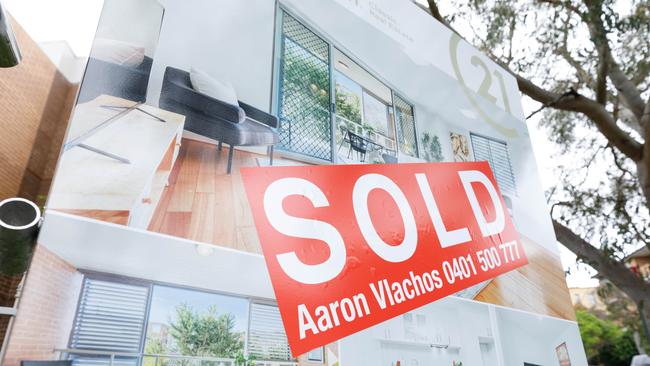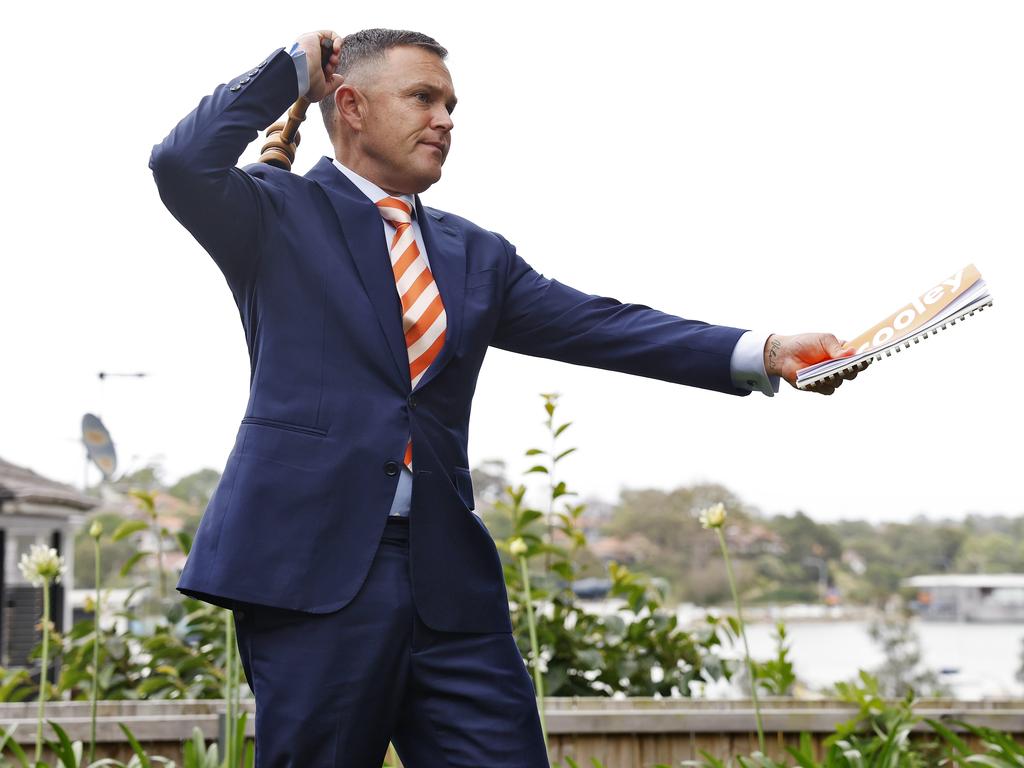Silver lining for buyers as affordability drops to worst levels on record
The typical Australian family is now dedicating more of their income to the mortgage than ever before, but a silver lining is on the horizon, with forecast price falls likely to improve housing affordability.

The typical Australian family is now dedicating more of their income to the mortgage than ever before, but a silver lining is on the horizon, with forecast property price falls likely to improve housing affordability.
The Real Estate Institute of Australia’s Housing Affordability Report revealed conditions worsened over the September quarter.
The portion of median family income required to repay the average home loan climbed to 48.6 per cent, an increase of 0.4 percentage points from the previous period.
Rate relief is unlikely to eventuate from the Reserve Bank’s final meeting of the year early next week.
Most economists have now revised their cut expectations from February to May due to the resilience of employment and the broader economy.
ANZ economist Madeline Dunk said the bank expected two 25 basis point cuts in May and August next year.
“Households have managed this period of higher rates incredibly well,” she said. “(But) all in all, confidence is still quite subdued, and a lot of people are waiting for rate cuts.
“I think the thing to keep in mind is our forecast to eventuate, we’re only expecting two rate cuts. So, you’re going to get a bit of relief but not that much.”
Affordability worsened by a full percentage point in Queensland and Adelaide, where households are dedicating more of their incomes to repayments than their counterparts in Victoria.
While NSW families are dedicating nearly three-fifths of their wages to the mortgage, conditions in the most unaffordable state held steady over the quarter, like in Western Australia.
REIA president Leanne Pilkington said the body’s latest report highlighted the growing burden on Australian households.
“The figures underscore the persistent challenges faced by families striving to enter the housing market or manage their existing commitments,” she said.
“Rising mortgage sizes coupled with stagnant variable interest rates continue to push affordability further out of reach.”
But first-home buyers may soon get a leg-up in Australia’s largest capital cities, with prices expected to slip in Sydney and Melbourne over 2025.
Managing director of data house SQM Research, Louis Christopher, said the major capital cities were more sensitive to economic downturns and elevated interest rates.
“That’s what we’re having, right? We’re having an economic slowdown and downturn,” he said.
“Interest rates where they currently stand are putting significant financial stress in the communities of our two largest capital cities.”
The number of homes listed for sale has lifted by 7.6 per cent at a national level over the past year as more homes languish online, despite a small decrease in the number of newly listed properties.
Increases have been more pronounced in the nation’s largest capitals, with listings in both Sydney and Melbourne sitting above the long-term average.
Mr Christopher believes it is increasingly becoming a buyers’ market, with both Sydney and Melbourne likely to fall as much as 5 per cent as the markets ride the momentum of greater listings.
However, he said a rate cut in the middle of the year could renew buyers’ sentiment.







To join the conversation, please log in. Don't have an account? Register
Join the conversation, you are commenting as Logout